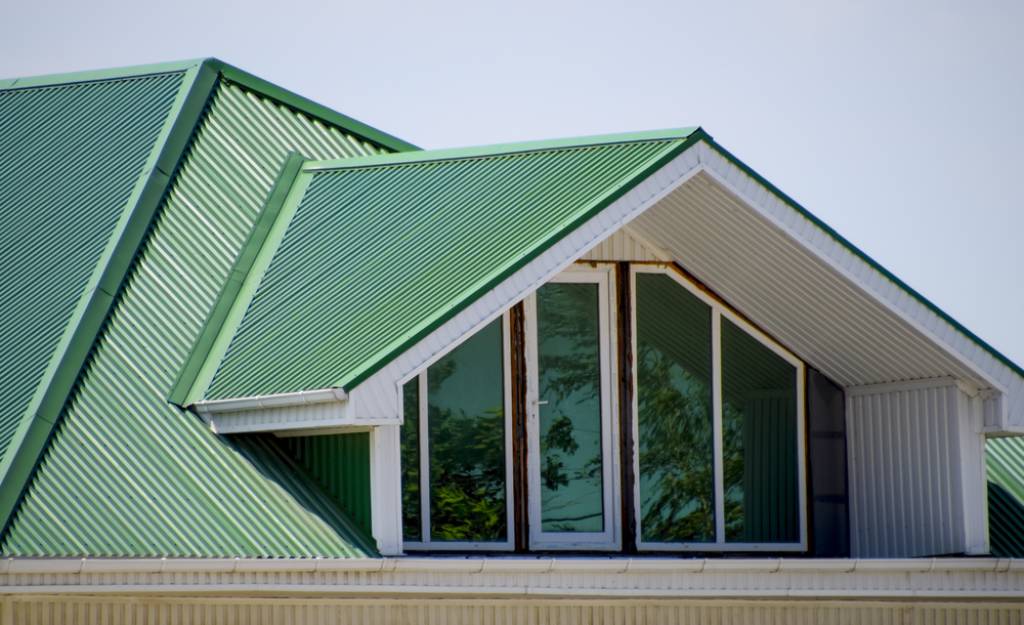The roof of a home serves as the first line of defense against the elements, shielding residents and belongings from the impact of severe weather. Severe weather conditions can exert significant stress on a roof, leading to various issues that can compromise its integrity and functionality. This exploration delves into five ways in which severe weather can adversely affect your home’s roof, highlighting the importance of proactive maintenance and preparedness to mitigate potential damage.
Table of Contents
1. Wind Damage & Shingle Displacement
If you are living in regions susceptible to severe weather conditions, such as Austin, roofing plays a pivotal role in protecting homes from the elements. Austin roofing specialists stress the significance of proactive measures to fortify homes against potential wind damage and shingle displacement. Regular inspections carried out by qualified professionals contribute to the resilience of roofing systems, ensuring they can withstand the challenges posed by inclement weather. By investing in expert assessments and timely repairs, homeowners in Austin not only fortify their roofs against potential issues but also enhance the overall durability and longevity of their homes. This positive approach to roofing maintenance serves as a proactive strategy, safeguarding properties and providing peace of mind amid adverse weather conditions.
2. Hail Impact & Structural Deterioration
The structural integrity of a roof is put in jeopardy by hailstorms, particularly when they are severe. Granule loss, fissures, and dents in roofing materials are all potential outcomes of hailstones’ influence on roofing materials. Over time, this damage can lead to structural degradation, which will reduce the roof’s capacity to resist the effects of future weather events. To avoid future deterioration and prevent the roof from losing its protective role, homeowners should be cautious while checking their roofs for damage caused by hail. Prompt repairs and, in certain instances, material replacement are required to prevent further degradation.
3. Heavy Rain & Water Ponding
Persistent heavy rain, common in severe weather events, can lead to water ponding on a roof. Flat or Low-slope roofs are more vulnerable to this problem because of their steepness. Infiltration of water is made more likely by the presence of water ponding, which, over time, can cause the waterproofing capabilities of the roof to be compromised. When it comes to avoiding water from pooling, having adequate drainage solutions, such as gutters and downspouts that are placed correctly, is quite necessary. Additionally, it is important to do routine roof inspections in order to identify any indications of water-related damage, such as water stains on the ceilings or walls, which might be an indication of a damaged roofing system.
4. Snow Accumulation & Structural Load
In regions prone to snowfall, the accumulation of heavy snow on a roof can pose a threat to its structural integrity. The weight of snow, especially when followed by freezing and thawing cycles, can exert substantial stress on the roof’s framework. This stress can lead to sagging or, in extreme cases, structural failure. Homeowners in snow-prone areas should be proactive in snow removal from their roofs, utilizing safe and approved methods to prevent excessive structural loads and safeguard the longevity of the roofing system.
5. Lightning Strikes & Fire Hazards
Severe thunderstorms often accompany lightning, and when a lightning strike occurs, it can have severe consequences for a home’s roof. While the immediate impact can cause physical damage, the greater risk lies in the potential for fire hazards. Roofs with flammable materials or those lacking proper grounding can be susceptible to fires initiated by lightning strikes. To mitigate this risk, homeowners should ensure their roofs are constructed with fire-resistant materials and conduct regular inspections to identify and address any damage that can compromise the roof’s fire safety features.
Conclusion
In conclusion, the impact of severe weather on a home’s roof is multifaceted, encompassing wind damage, hail impact, water ponding, snow accumulation, and the risk of lightning-related fires. Recognizing the vulnerabilities posed by severe weather events is the first step in proactive roof maintenance and safeguarding the home against potential damage. Regular inspections, timely repairs, and the implementation of preventative measures are essential components of a comprehensive strategy to protect the roof’s integrity and ensure its resilience in the face of adverse weather conditions.



